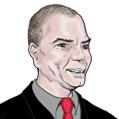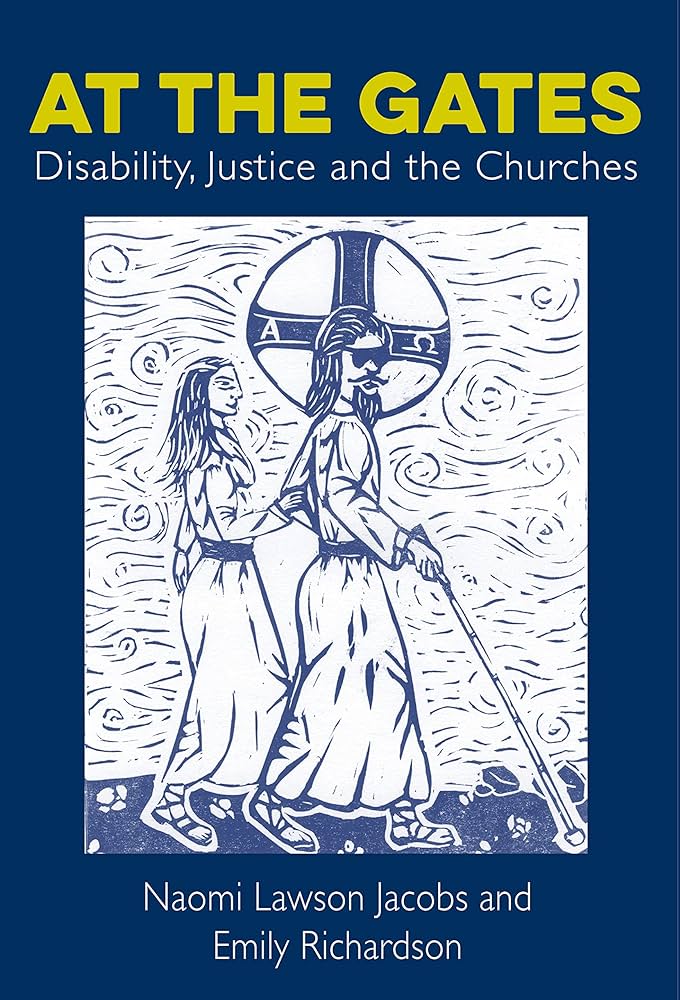Dan Keck reviewed At the Gates by Naomi Lawson Jacobs
Poignantly honest look at disability and the Christian church
5 stars
On my airplane ride across the country to and from this year’s CSUN conference, I had the privilege of reading the most extraordinary book: At The Gates: Disability, Justice and the Churches by Naomi Lawson Jacobs and Emily Richardson.
Through the personal stories and delving into the Old and New Testaments, this book has opened my eyes to the ways that disabled Christians have been excluded from the body of Christ, and sometimes even hurt by well (or not-so-well) meaning fellow believers.
I hate to even say much about the book. These powerful testimonies and inspired reading of Scripture should be discovered for themselves. But here is my favorite quote from the book, followed by a few spoiler-y highlights:
“The Kingdom of God is meant to look really different to a well-run organization. Jesus, our King, rode on a ridiculous unbroken donkey. He looked like a fool. And therefore that’s our model of power.”
• Health, physical prowess, tradition, and conformity are idols in this world, just like wealth and status, Leaders in the church have often been chosen not for their ability to fellowship with and minister to others, but for their ability to perform specific physical tasks, and reassuringly look the part.
• In following these idols, the church often has its goal to eradicate the apperance of physical ability that don’t meet these standards. Rather than asking disabled people what they need prayer for, non-disabled people will try to “pray away” the disability that makes them uncomfortable, disturbed, or even disgusted.
• These attempts to cure are often flashy spectacles, making disabled people into a tool for marketing churches or inflating egos.
• Even worse, association of physical and mental disabilities with demons or sin have resulted in driving away or horrifying disabled Christians who either leave the church or grow to hate themselves.
• Most depictions of Jesus show him as clean, physically healthy, and unblemished. But at the height of his servanthood, he was badly wounded and deformed. And after he was killed and raised, he did not discard his wounded body but retained it.
• Some (though certainly not all) people with disabilities do not imagine Heaven as a place where their disability is taken away, but a place where their disability is perfectly accommodated. And while we could be doing the same, to help bring the Kingdom of God now, many churches have refused to break tradition to make church buildings and other facilities more accessible to all.
If you are Christian but, as I was, ignorant of the extent of these problems faced by disabled Christians, please give this book a read!

